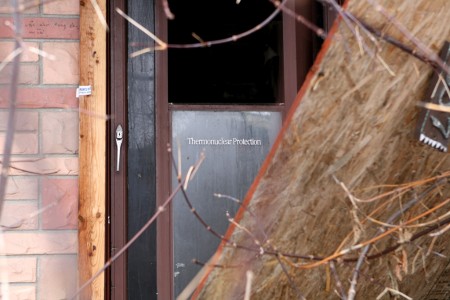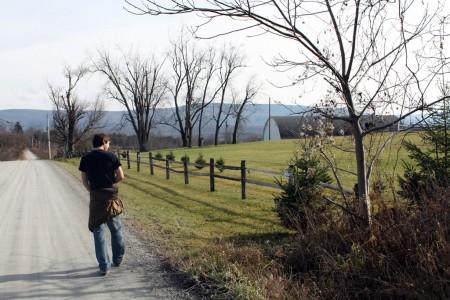One section of Jared Diamond’s Collapse: How Societies Choose to Fail or Succeed has been haunting me a bit of late. He refers repeatedly to the person who cut down the last tree on Easter Island, effectively completing the undermining the basis of their society. He ponders what the person thought while doing it – in particular, whether they had a sense of the magnitude of the progression that they were completing.
Up to this point, I have thought it highly probable that worsening climate-related disasters would eventually be sufficient to produce major mitigation effort, on the part of humanity (even if simple discussion of the facts at hand might not). From this perspective, the risk arises from lags in the climate system and feedback effects; by the time we are seeing the consequences of our emissions being manifest in the world to a frightening extent, we may no longer have time to prevent catastrophic or runaway climate change.
The Easter Island scenario presents an alternative possibility: that we might keep accelerating towards the cliff face even long after the full consequences of doing so are blatantly obvious to all but the most deluded. If there is a danger of humanity as a whole replicating that situation, then perhaps even the great majority of climate change campaigners are excessively complacent about the scale of the task before us.
To go a bit ‘meta’ for a minute, I recognize that people are of mixed views about all the recent posts about abrupt and runaway climate change scenarios, both here and on BuryCoal. Some people think they are so far outside the mainstream discussion that they confuse people and put them off, rather than making them more supportive of climate change mitigation. Partly, the increased prominence of these posts is reflective of the dire state of the climate policy debate at the moment. A well organized smear campaign against the science has combined with the paralysis of the Obama administration, ongoing concerns about jobs and the economy, and the failure of the Copenhagen talks. Together, these naturally make one pessimistic about the prospects of getting started on serious mitigation in the next few years, which is deeply troubling given how important the peak date for emissions is, in determining how aggressive a pathway we will need to follow afterward.
The best pathway forward remains unclear. That said, it seems almost tautologically true that it will involve the extension of three tracks: working with the level of public and elite support that exists to enact whatever effective policies that allows, working to build greater public and elite support for more ambitious efforts, and preparing strategies to put in place for when that level of support exists.






